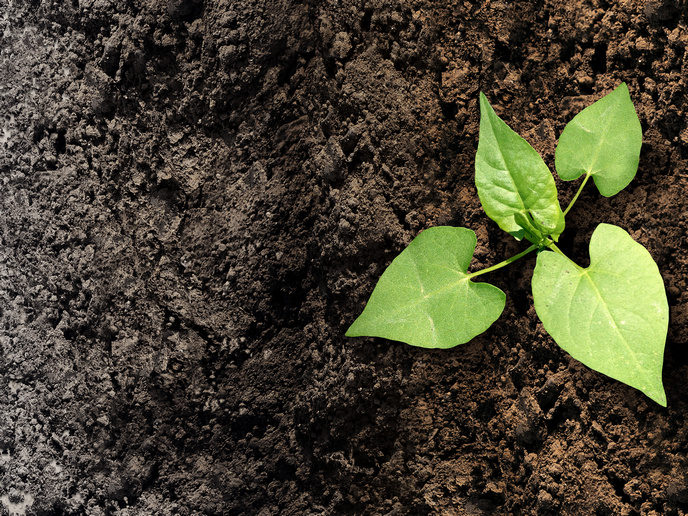Investigating the link between plant traits and climate
A recent study(opens in new window) by an international team of researchers has shed more light on the role that plants play in climate regulation. Published in the journal ‘Global Change Biology’, the study shows that ecosystems can greatly affect Europe’s climate depending on their plant mix. The research was carried out as part of the project FeedBaCks(opens in new window) that received support from the EU-funded Biodiversa-plus(opens in new window) project following a joint call for research proposals issued under BiodivClim(opens in new window). BiodivClim is an initiative co-funded by the European Commission to finance transnational research proposals on biodiversity and climate change. It brings together more than 33 funding organisations from 22 countries in Europe and other continents for this purpose. The researchers combined satellite data with vegetation data based on over 49 800 observations of plots across Europe. The plots were grouped into three broad habitats – forests, shrublands and grasslands – and then into the following more narrowly defined subclasses: coniferous, deciduous, or broadleaved evergreen forests, alpine, heathland or temperate shrublands, and alpine, dry, mesic or wet grasslands.
A complex relationship
The study showed that local plant diversity accounts for about 5 % of regional climate regulation, but that many other factors are also at play. Study lead author Dr Stephan Kambach of FeedBaCks project partner Martin Luther University Halle-Wittenberg, Germany, explains in a news item(opens in new window) posted on the university’s website: “There is an extremely complex relationship between plants and the climate. At [sic] the one hand, the climate considerably influences plant growth as well as a plant’s properties, such as how high it grows, how thick its leaves are, and how deep its roots go. At [sic] the other hand, plants influence climatic conditions in many different ways.” An area’s plant communities, forest habitats in particular, can affect local climate by reflecting sunlight or through evapotranspiration, a process by means of which water is lost both by evaporating from the soil and transpiring from plant leaves. The research sheds more light on the extent to which plants’ different functional traits – in other words traits such as leaf, root or seed properties that affect their survival, reproduction and growth – have an impact on climate. “We show that a significant proportion of the observed climate-regulating processes are explained by differences in the functional traits of local plants. Therefore, it depends greatly on which plants grow in which numbers in an ecosystem,” notes Dr Kambach. However, these effects were found to differ substantially between ecosystems, for example, between coniferous and deciduous forests. “We were nevertheless able to prove that a higher plant cover reflects less sunlight and that larger leaves are associated with higher levels of evaporation and more carbon sequestration.” Study senior author Prof. Dr Helge Bruelheide, also of Martin Luther University Halle-Wittenberg, concludes: “Our study also provides important points of departure for nature conservation and politics. The potential impact and feedback effects of biodiversity should be taken into account when developing measures for mitigating climate change. The 6-year BiodivClim (Promoting and implementing joint programming to reinforce transnational research at the crossroad between biodiversity and climate change) project ends in 2025. Biodiversa-plus (The European Biodiversity Partnership) was launched in 2021 and ends in 2028. For more information, please see: Biodiversa-plus project website(opens in new window) BiodivClim project web page(opens in new window) FeedBaCks project website(opens in new window)



